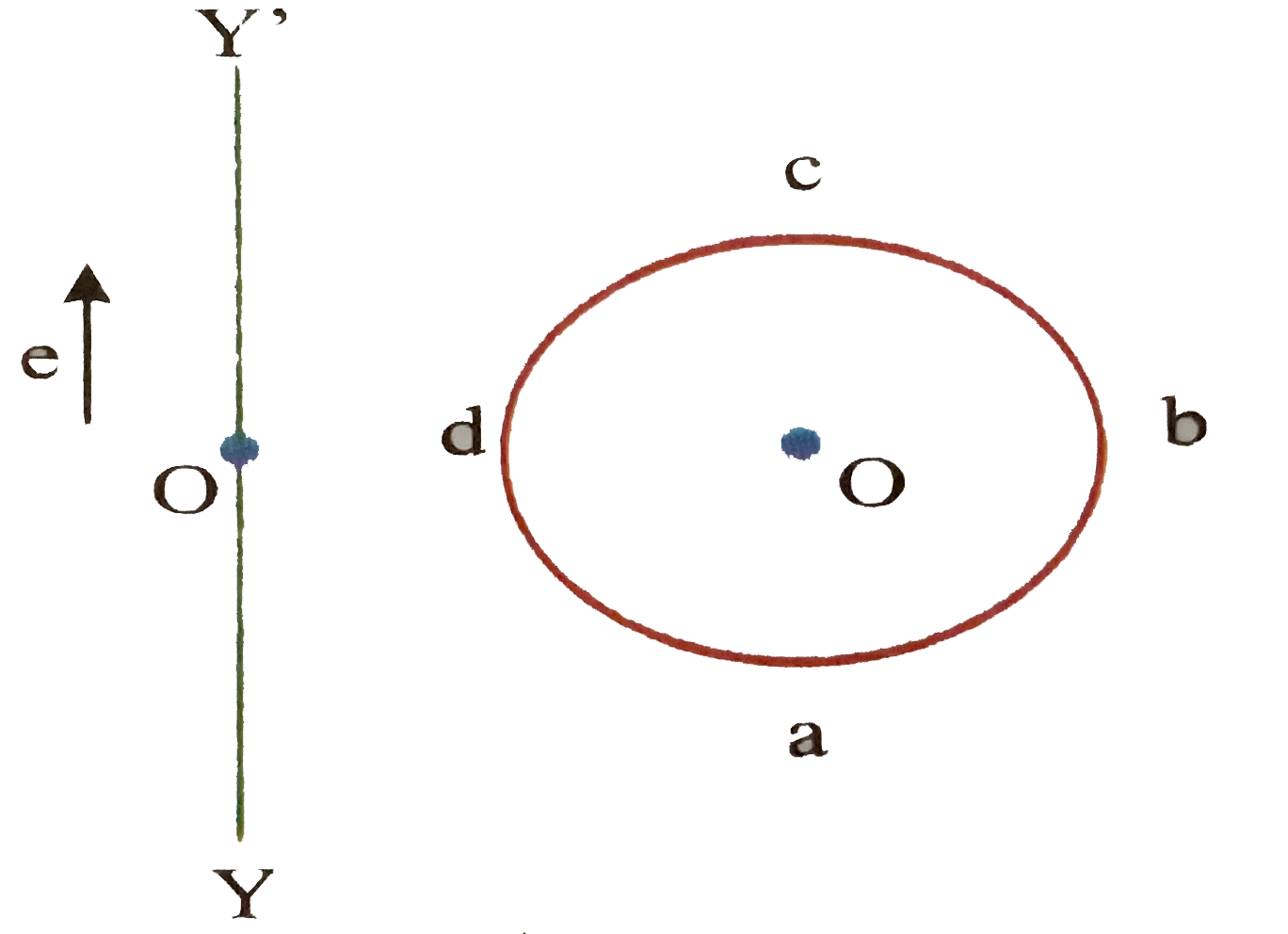A mollusc in which the detached body gets coiled like a millipede is
Turbinella
Neopilina
Chiton
Helix
The correct Answer is:C
To solve the question "A mollusc in which the detached body gets coiled like a millipede is," we can follow these steps:
1. Understand the Question:
- We need to identify a specific type of mollusc that exhibits a coiling behavior when detached from its substrate.
2. Analyze the Options:
- The options provided are:
1. Turbillina
2. Neopilina
3. Chiton
4. Helix
3. Research Each Option:
- Turbillina: This is not known for coiling behavior. It is a type of flatworm, not a mollusc.
- Neopilina: This is a type of monoplacophoran mollusc, but it does not exhibit coiling behavior when detached.
- Chiton: This is a marine mollusc known for its oval shape and polyplacophoran structure. When detached from its substrate, its body can coil up.
- Helix: This refers to a genus of land snails, which do not exhibit the coiling behavior described in the question.
4. Identify the Correct Answer:
- Based on the analysis, the correct answer is Chiton. This mollusc is known for its ability to coil when detached from its substrate.
5. Final Confirmation:
- The question specifically asks for a mollusc that coils like a millipede when detached, and Chiton fits this description perfectly.
Conclusion:
- The correct answer to the question is Chiton (Option 3).
---
- We need to identify a specific type of mollusc that exhibits a coiling behavior when detached from its substrate.
- The options provided are:
1. Turbillina
2. Neopilina
3. Chiton
4. Helix
- Turbillina: This is not known for coiling behavior. It is a type of flatworm, not a mollusc.
- Neopilina: This is a type of monoplacophoran mollusc, but it does not exhibit coiling behavior when detached.
- Chiton: This is a marine mollusc known for its oval shape and polyplacophoran structure. When detached from its substrate, its body can coil up.
- Helix: This refers to a genus of land snails, which do not exhibit the coiling behavior described in the question.
- Based on the analysis, the correct answer is Chiton. This mollusc is known for its ability to coil when detached from its substrate.
- The question specifically asks for a mollusc that coils like a millipede when detached, and Chiton fits this description perfectly.
- The correct answer to the question is Chiton (Option 3).
Topper's Solved these Questions
- MOLLUSCABOOK - DINESH PUBLICATION ENGLISHCHAPTER - MOLLUSCAEXERCISE - RQ
76 Videos
- MOLLUSCABOOK - DINESH PUBLICATION ENGLISHCHAPTER - MOLLUSCAEXERCISE - CYG
10 Videos
- MOLECULES OF THE CELLBOOK - DINESH PUBLICATION ENGLISHCHAPTER - MOLECULES OF THE CELLEXERCISE - CYG
43 Videos
- NO IDEABOOK - DINESH PUBLICATION ENGLISHCHAPTER - NO IDEAEXERCISE - Brain Teasers
37 Videos
Similar Questions
The body is like a spiny ball in
View SolutionAt 4∘C,0.98 of the volume of a body is immersed in water. The temperature at which the entire body gets immersed in water is (neglect the expansion of the body ) (γw=3.3×10−4K−1):-
View SolutionBody is discoid or ball like in
View SolutionIn molluscs, the general body cavity is
View SolutionThe thallus like body of slime mould is called
View SolutionBody is unsegmenthed and leaf like in
View SolutionA bar magnet NS is moved in the direction indicated by an arrow between two coils AB and CD as shown in the figure. In the which coil the direction of current will look like anti-clockwise if viewed from left side ?

View SolutionWhich modulus determines the stretching of a coiled spring?
View SolutionFish like body with notochord extending the entire length of the body. Unsegmented, worm like animals with proboscis, collar and trunk.
View SolutionAn electron moves on a straight line path YY' as shown in figure. A coil is kept on the right such that YY' is the plane of the coil. At the instant when the electron gets closest to the coil (neglect self-induction of the coil)

View Solution
